Government vs. Commercial Project Contract Negotiation & Engagement
VerifiedAdded on 2023/06/11
|17
|1342
|198
Presentation
AI Summary
This presentation provides an analysis of contractual arrangements, contrasting government and non-government sectors, highlighting differences in negotiation, stakeholder engagement, and conflict management. It emphasizes that government contract negotiations often favor the government due to its superior legal power, allowing for stricter contract terms and easier penalization of partners. The analysis draws upon case studies like the Channel Tunnel (a government project) and the Queensland Health Payroll System to illustrate these points. The Channel Tunnel project demonstrated contracts benefiting the government, while the Queensland Health Payroll System revealed confusing contract terms despite mutual agreements. The presentation concludes that understanding these differences is crucial for effective contract negotiation in both sectors. Desklib offers resources like past papers and solved assignments for further study.
1 out of 17

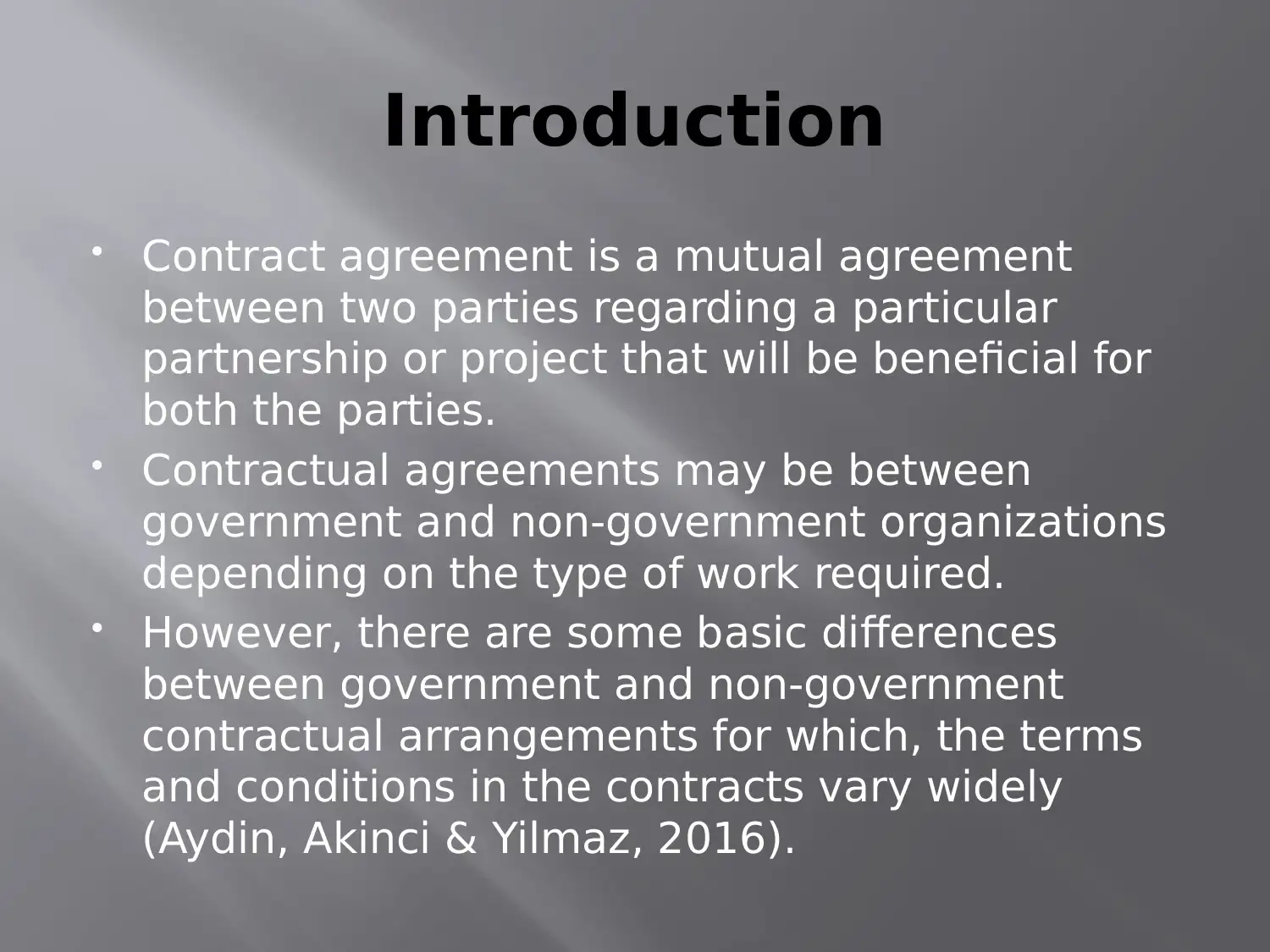
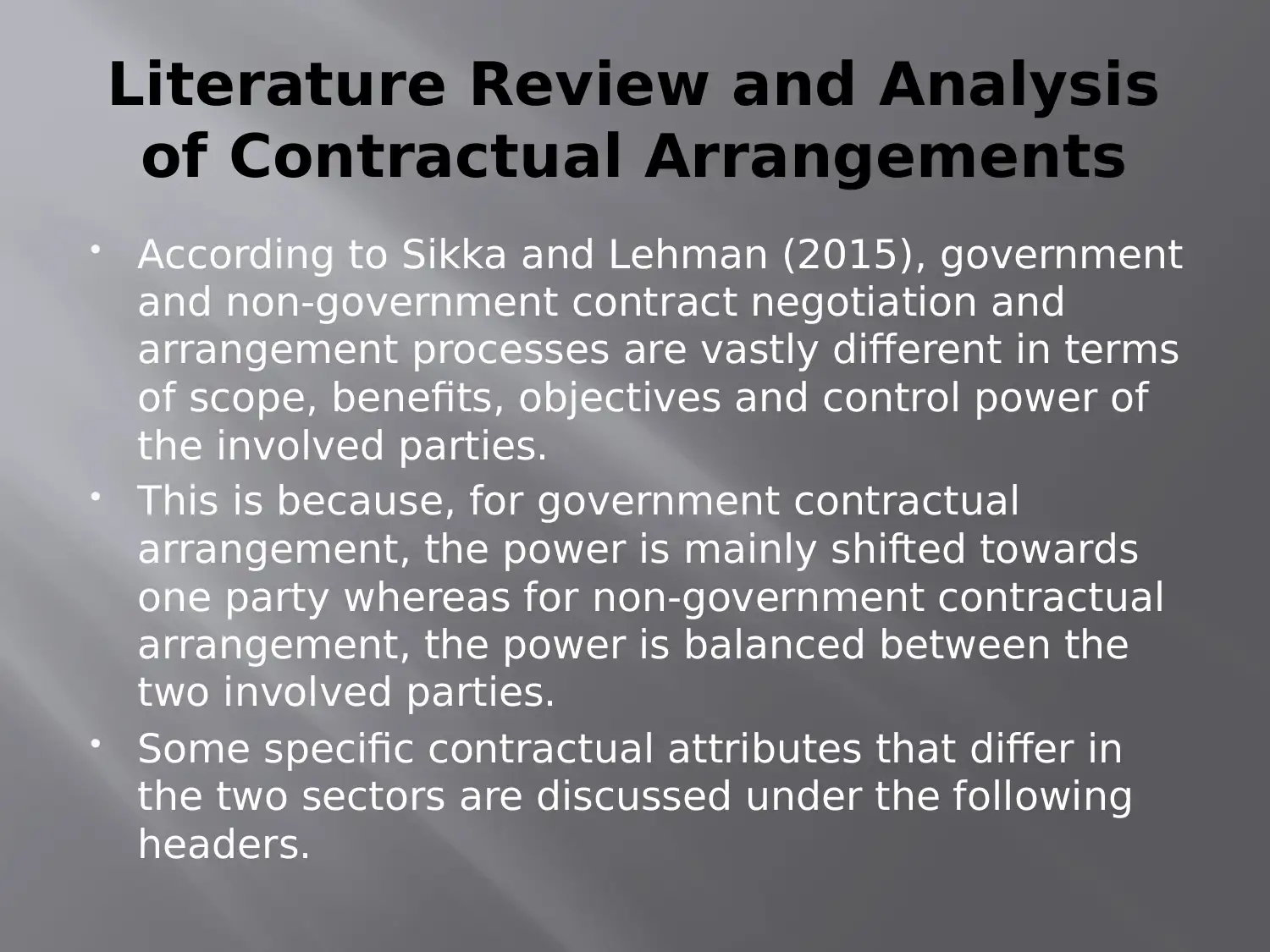

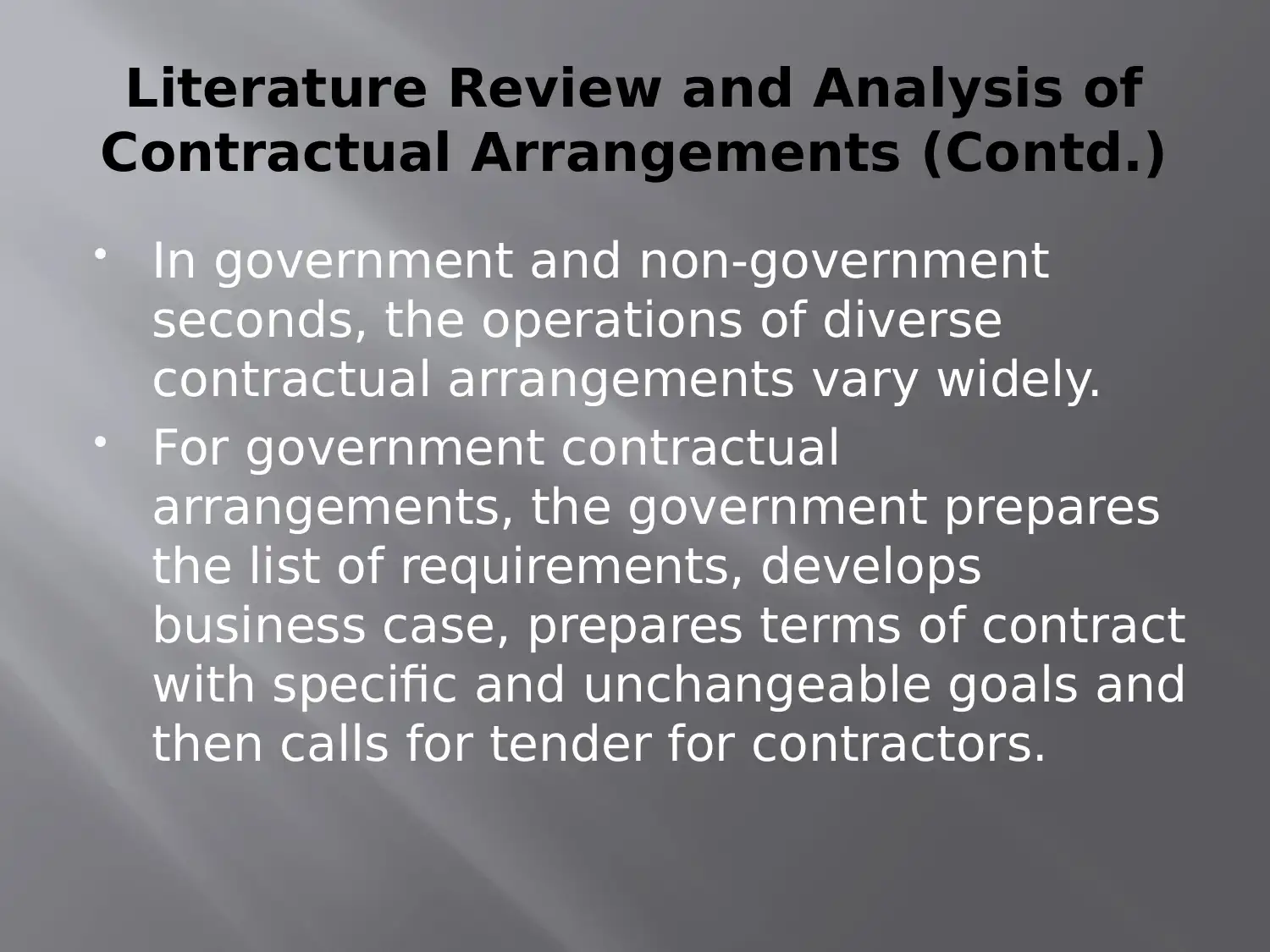
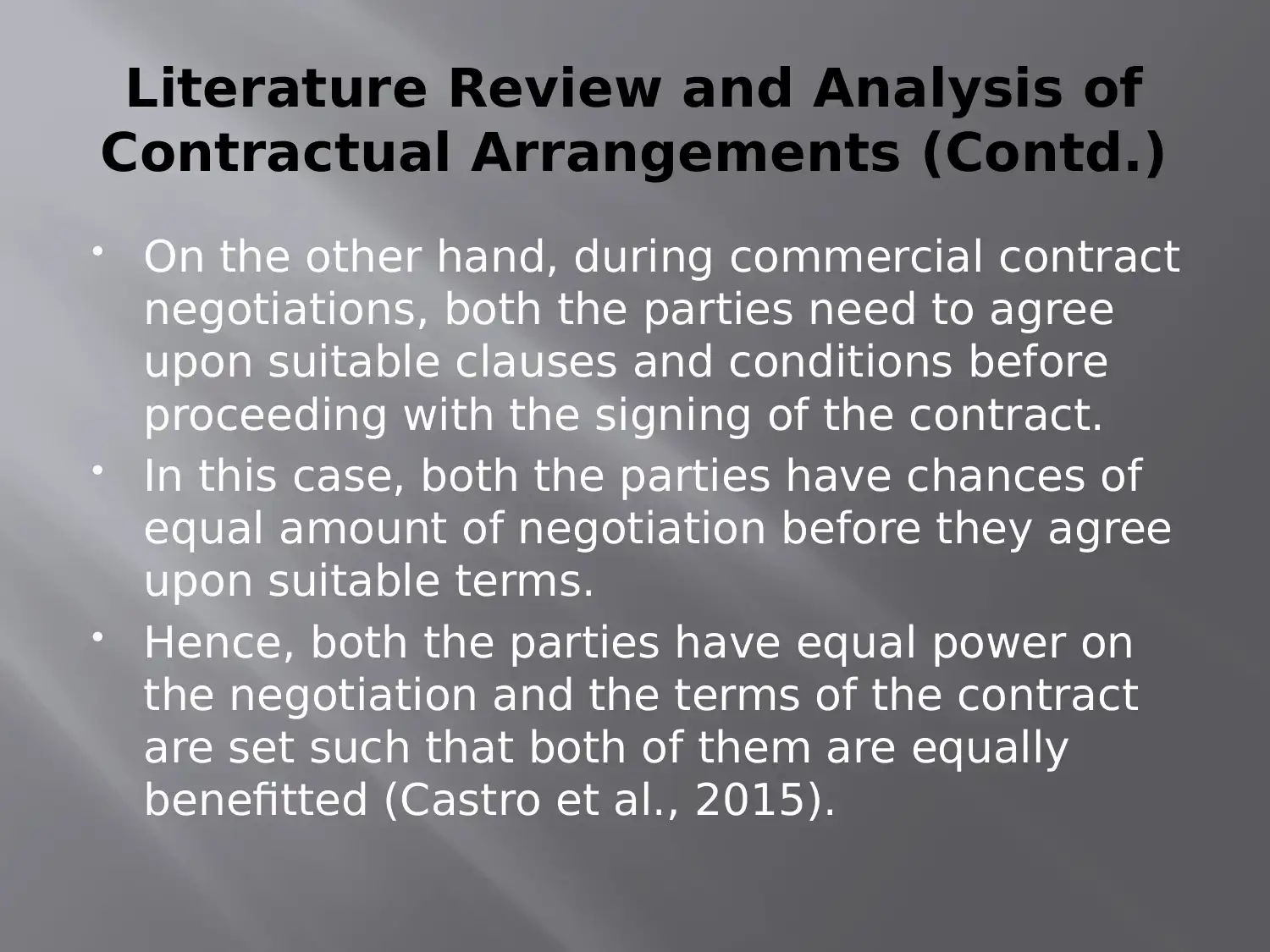
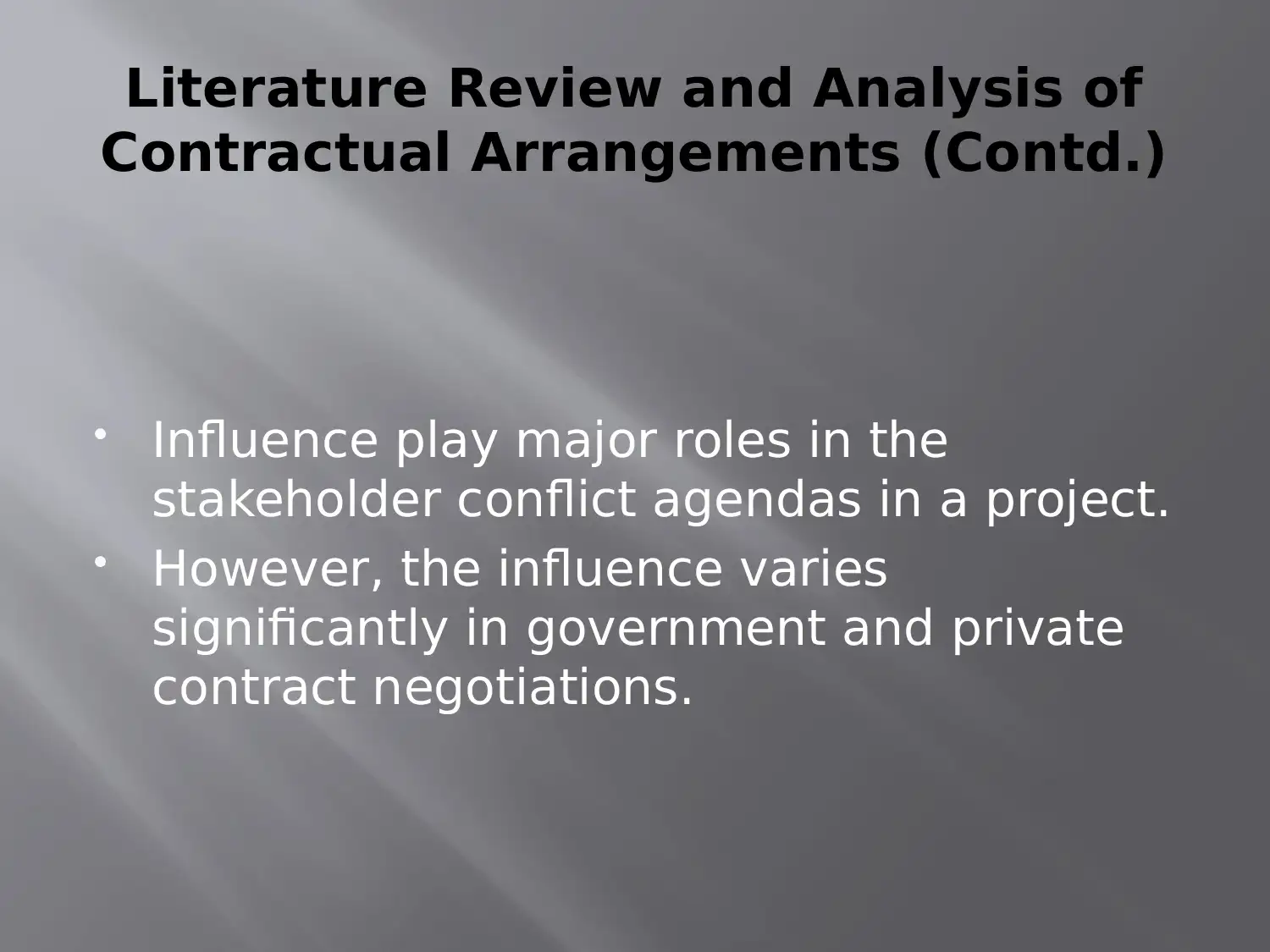
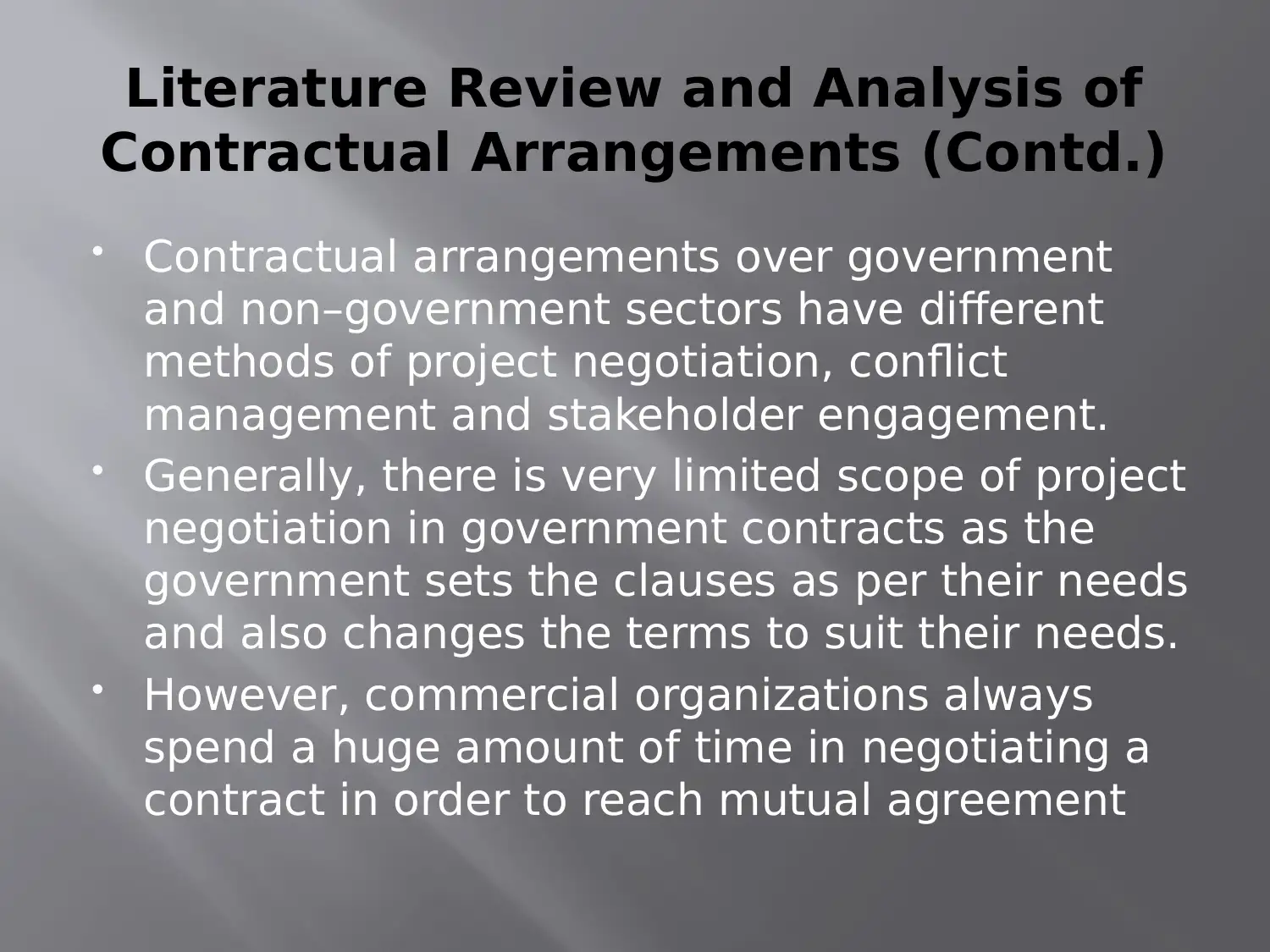
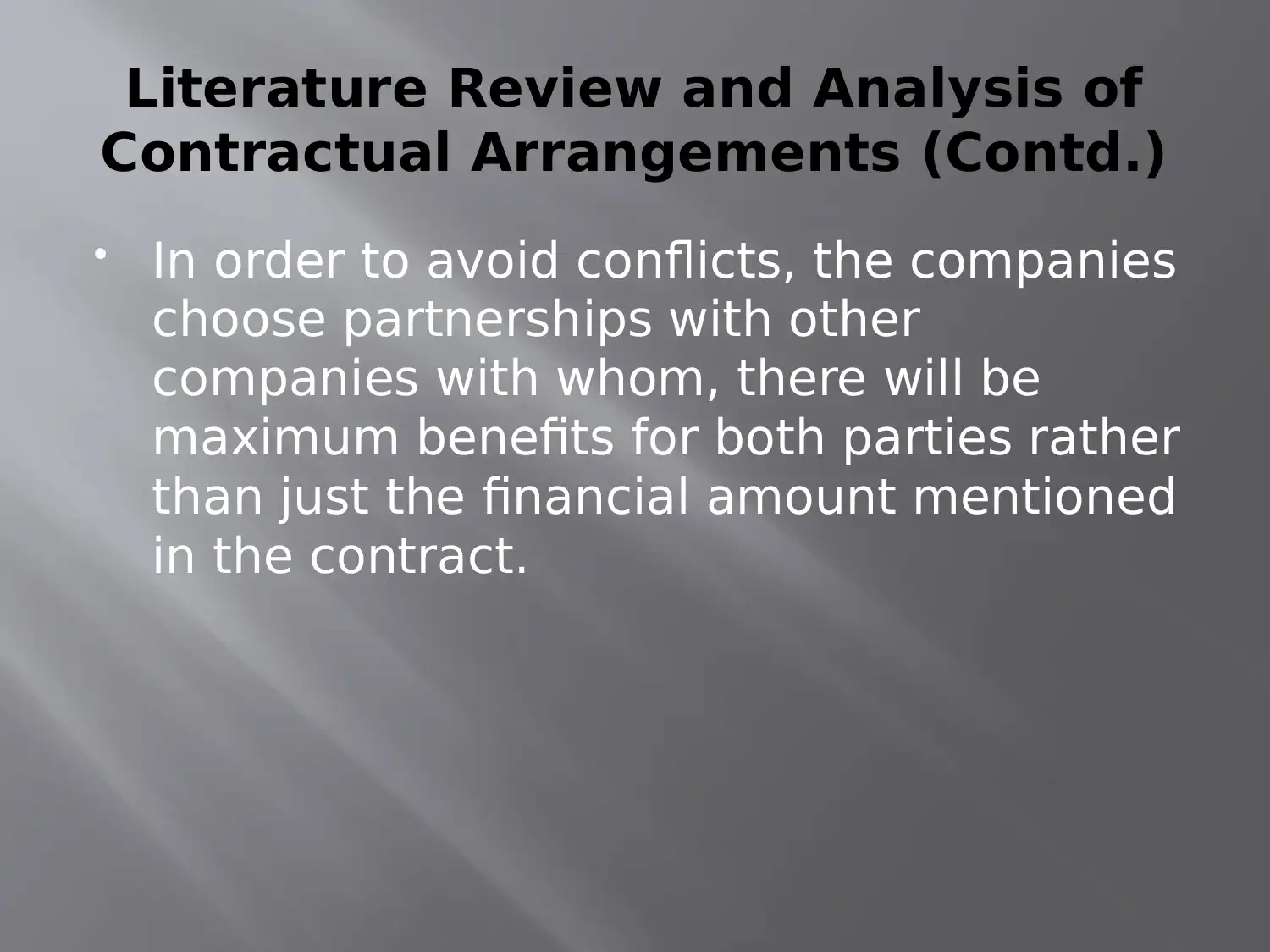
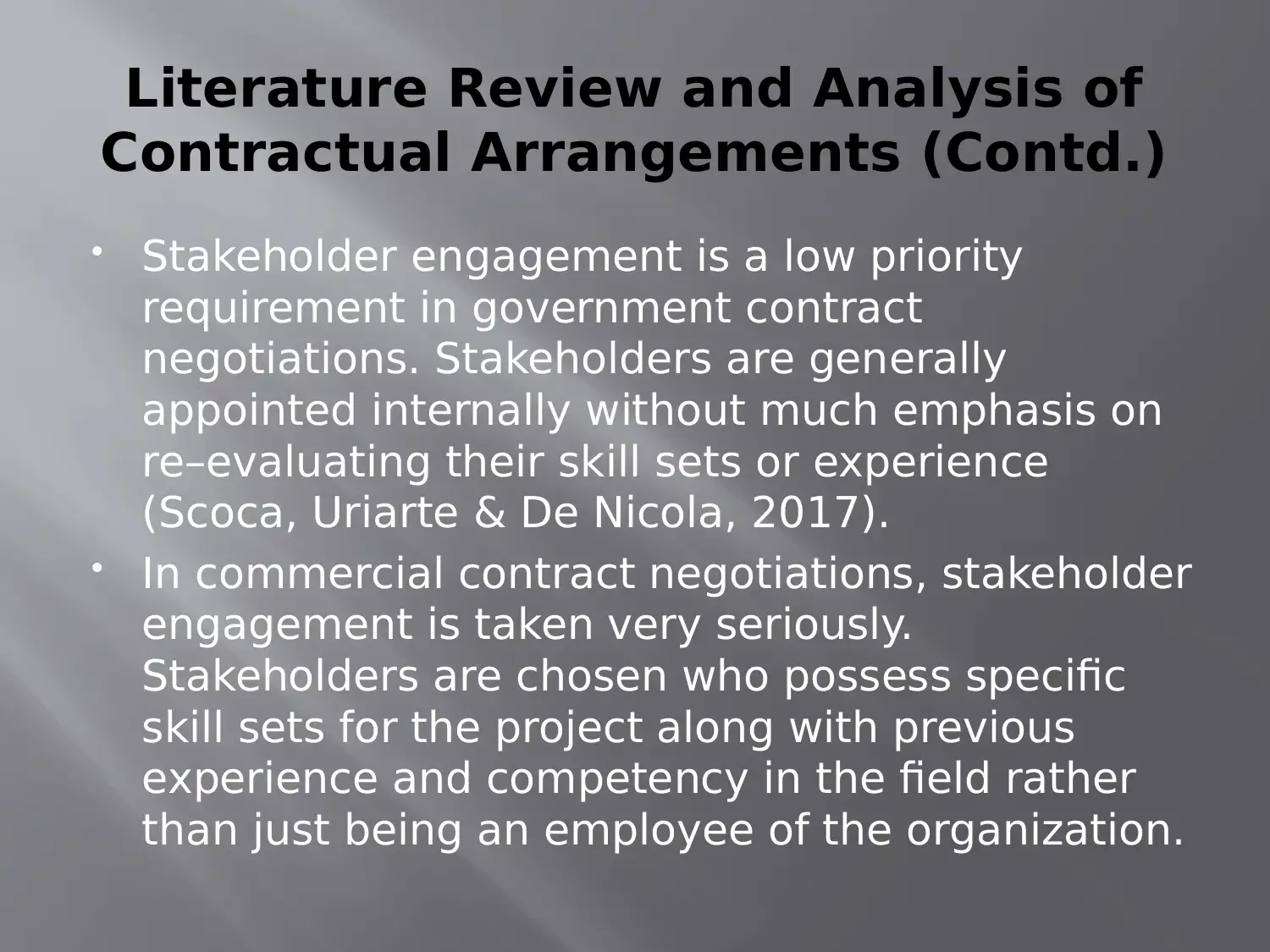
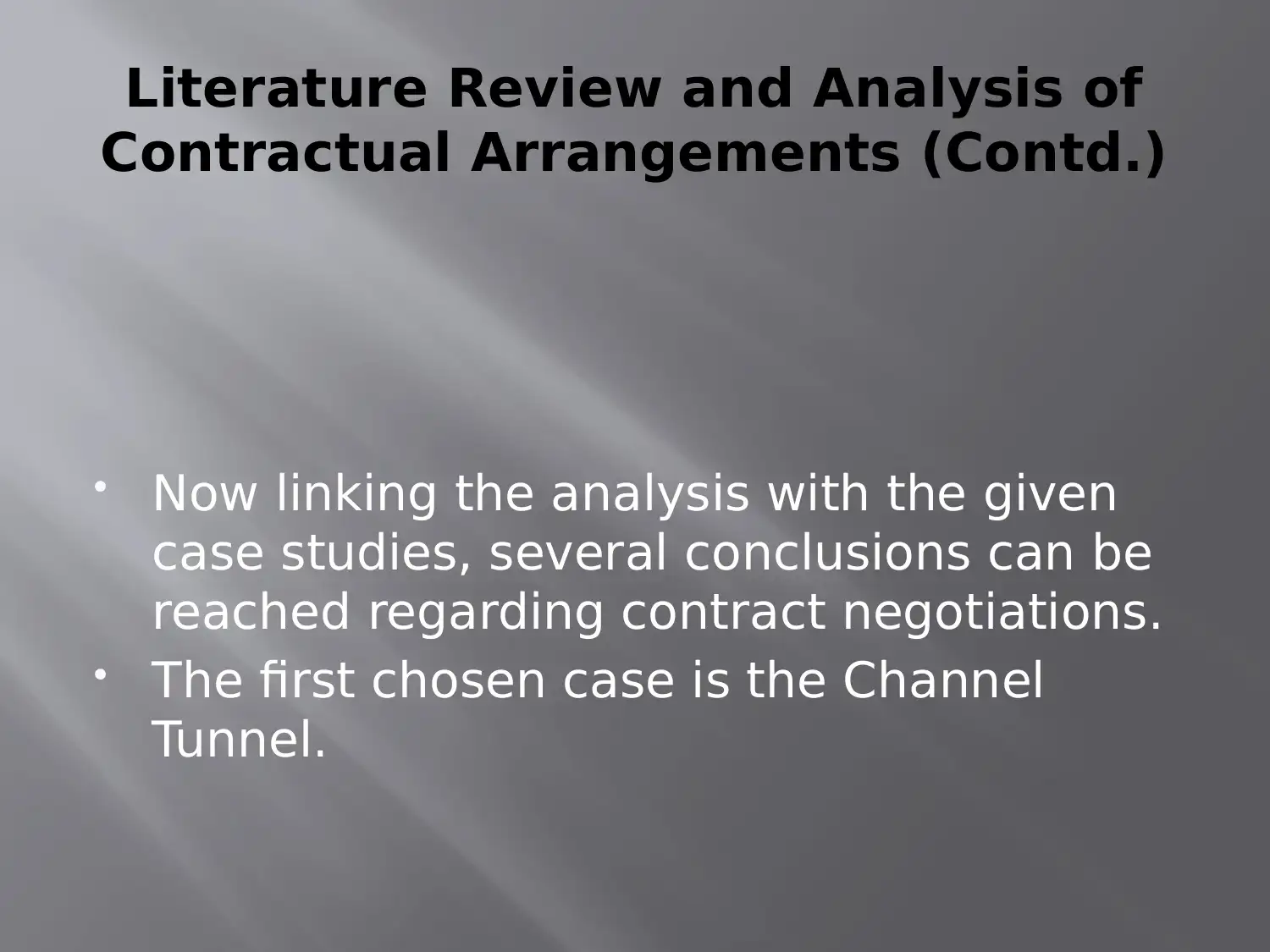
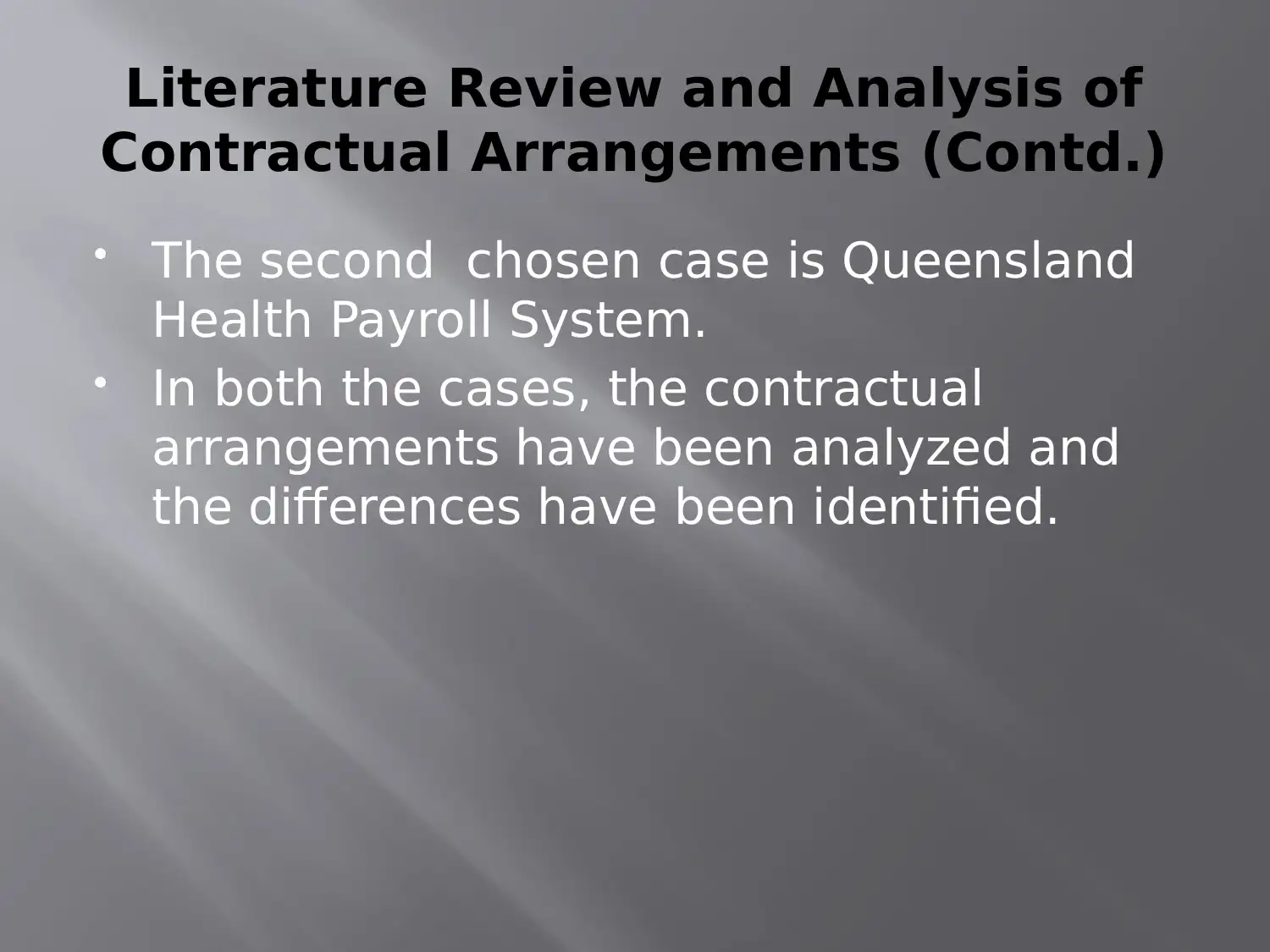
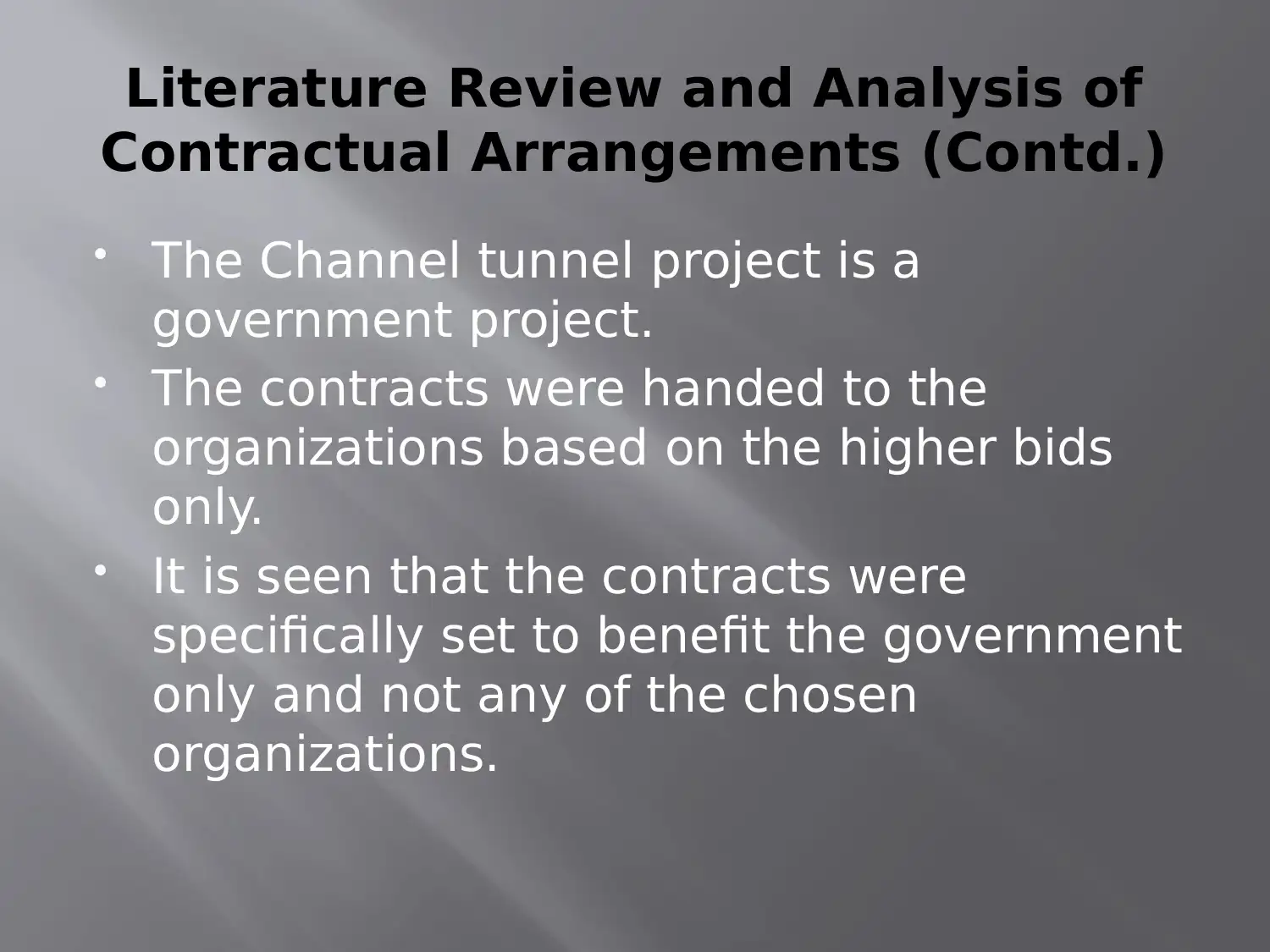




![[object Object]](/_next/static/media/star-bottom.7253800d.svg)